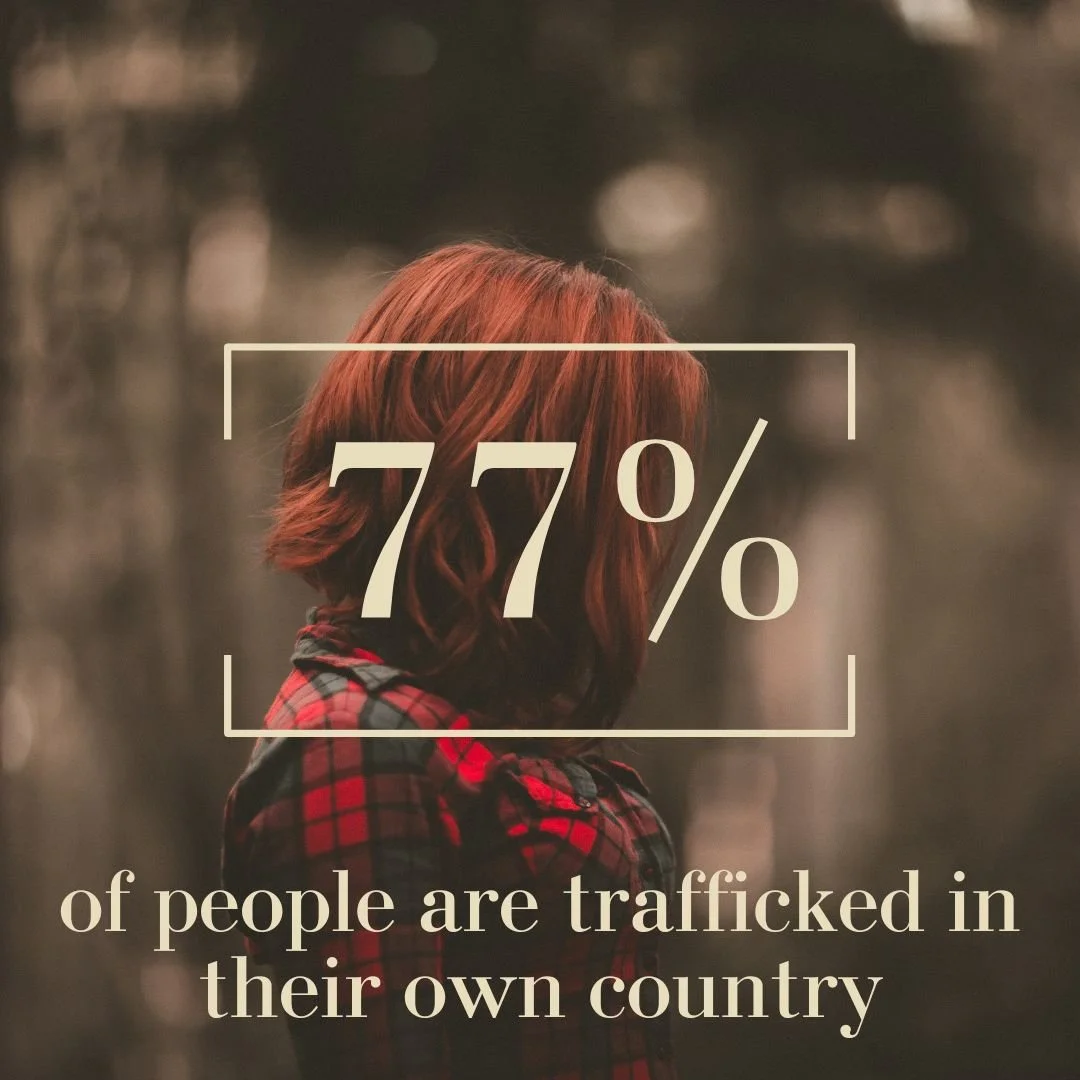Types of Traffickers & Tactics They Use for Child Trafficking
77% of people are trafficked in their own country. The commercial exploitation of children is a growing issue and education is a powerful tool to help prevent and fight human trafficking.
There are different types of traffickers that employ various methods to recruit victims:
Guerilla or (gorilla) Traffickers primarily use force and violence to overpower their victims, as well as to control them after recruitment.
Romeo Traffickers present themselves as a boyfriend and woo them with gifts, promises of fulfilled dreams, protection, adventure, love or whatever the felt need is for that person. After securing her love and loyalty, he will force her into prostitution.
Familial Trafficking is unfortunately not uncommon and occurs when an immediate or extended family member is the exploiter.
Manipulation is a tactic used by traffickers and predators to keep their victims isolated. Traffickers and predators will make false promises to manipulate victims. Examples of lies they may tell victims to keep them in a false reality include:
“This is your only option”
“I love you and you can trust me”
“I am the only person who will take care of you”
“I will help you make money to help your family”
Children are deeply impacted by lies that traffickers use to manipulate them. Manipulation, abuse & exploitation results in complex and complicated trauma that can make it difficult for a child survivor to try to escape or leave their dangerous situation. A child can feel physically and emotionally trapped by their trafficker for many reasons, including these:
-A child may suffer from isolation & feeling like they don’t have anyone they can go to for help if they were to escape.
-A child may be unfamiliar with where they are being trafficked & not know an escape route.
-A child may rely on their trafficker for basic necessities such as food, shelter & money to survive.
-A child may suffer from hopelessness or depression, making it difficult to leave.
-A child may have established a trauma-bond that emotionally connected them to their trafficker or abuser.
-A child has a fear of being caught trying to escape or being punished.
How can you help victims of child trafficking?
Believe their story of trafficking, abuse and exploitation. There are many times children try to speak about their trauma but are dismissed. Not believing a child not only leads to further trauma, but also weakens a child’s desire to reach out to an adult next time they’re in trouble or danger. You can be a trusted person who believes them!
Help connect children with resources and report to the right people who can help them. Children especially will need guidance on what phone numbers to call and who to talk to.
Pray for child survivors.
Become a monthly partner with Into the Light! Your support is critical to providing essential services to child survivors navigating the horrendous trauma they have experienced.




